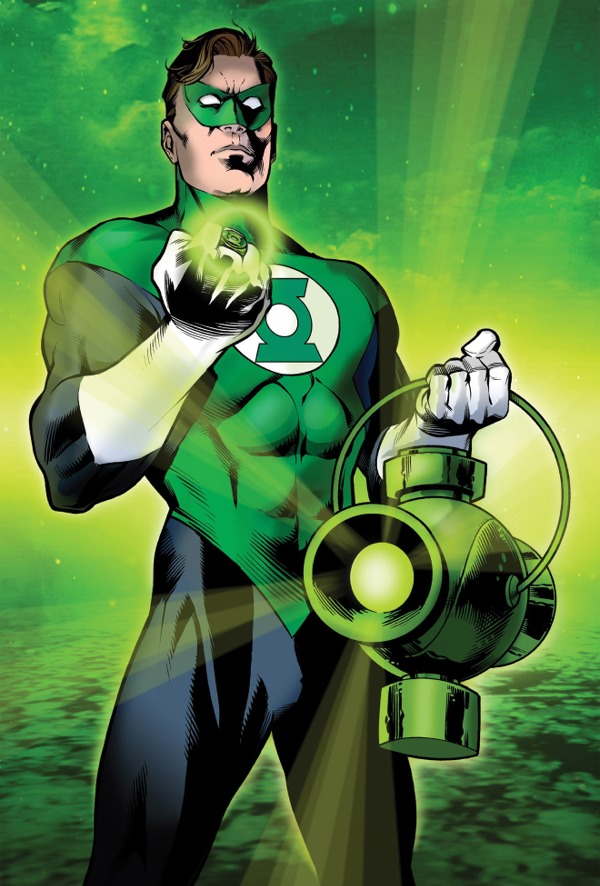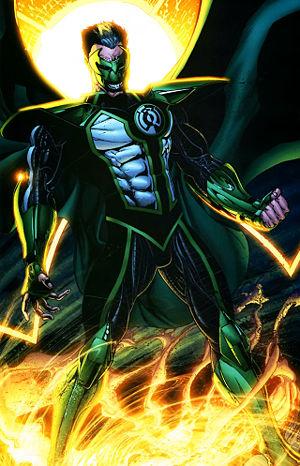
Microeconomic theory tells us that individual agents, be they consumers, firms, or even superheroes, act rationally. Basically, this means that any individual has a set of stable preferences--which generate a certain level of utility--and that this individual will always behave in a way such that his or her (or its) utility level is maximized.
In other words, economists believe that people try to make themselves as happy as possible. Simple.
Where things become a bit more complicated is when individual demands are aggregated. That is, how do we take the preferences of the individuals in society and design policies that are welfare-maximizing and "socially optimal?"
Consider, for example, the health care market. Obviously, it would be great if every individual could have free, comprehensive coverage. Not only would it ensure lengthier lives, but more people receiving better health care would mean less external costs for society (such as taxpayer dollars going towards treatment of indigent care, lost productivity due to people with illnesses taking sick days, etc.).
Why doesn't everyone have comprehensive health coverage then? Well, resources--including health care--are scarce! Comprehensive coverage for everyone would cost a considerable amount, not just in terms of monetary expenditures, but in time, provider supply, hospital beds, etc. This means that when health care policy is crafted, legislators and other stakeholders need to make hard choices to determine which course of action would benefit society the most.
There are, of course, arguments about welfare enhancing policy. Is health insurance going to be primarily market-based or is there going to be a role for government? If we're going to offer subsidies for individuals to obtain certain services, which services do we offer the subsidies for? If there is a government insurance package, what are the minimum benefits covered by the package? Do we attempt to judge which individuals are more deserving of health care? If so, how do we judge? Severity of the condition? Do we make it first-come-first-serve? How do we perform the cost-benefit analyses to get these answers?
Superheroes face this problem every day. Take Superman, for example. Barring the fact that Superman's duties extend beyond the scope of one major city, let's just limit this analysis to his role as the protector of Metropolis. Each and every day, there are people who need saving. Superman provides a very crucial public service (actually he pretty much has a monopoly on it): fighting crime and saving lives. He has a breadth of unique abilities that allow him to perform this service unlike any other agency, including the police or government.
Yet despite his unique abilities, he is still a limited resource. Superman cannot be everywhere at once and he cannot stop each and every crime in Metropolis. This means that even Superman has to make choices. Each civilian he saves from being thrown off of a building means that a different civilian on the other side of town being threatened with dismemberment by Metallo is not receiving his help. In this sense, Superman can be thought of as a sort of social planner for a good that he just so happens to provide. He implicitly assigns weights to individuals in Metropolis, in effect judging who is deserving enough of his rescue.
How does Superman do this? How does he assign these weights? And is this method socially optimal?
Intuitively, we would think that the most imminent dangers are the ones most worthy of Superman's attention. And indeed, Superman does tackle the gravest of threats to an extent. Should there be a catastrophe that is bound to kill or injure hundreds of citizens, you can bet to see the Man of Steel there. Should Lex Luthor unleash some sort of robot warriors on the city, Superman will try and stop them. Should Darkseid attempt to enslave humanity again, Superman will take him on.
But this system is obviously imperfect. What if Metallo is overturning cars on one side of town and Brainiac is creating robot-zombies on the other? Deciding on which threats are the most dangerous is a difficult task, even for Superman. It is a fact that many of his villains have taken advantage of in the past in order to thrust the Man of Steel into difficult moral situations.
Also, let's not forget that this is only Superman's system to an extent. There isn't always a world-ending event in Metropolis. Most of the time, all you have are muggers, bank robbers, and lets face it, people who just accidentally fall off buildings. How does Superman weigh these people? Well, most of the time, we see him just dash after the criminals that are closest to him. We've seen Clark Kent sitting at his desk at the Daily Planet numerous times, only to hear a scream in a nearby alley. He then finds a phone both, changes, and it's up-up-and-away!
It would seem that most of the time, Superman weighs simply on proximity. That means people within a five mile radius of the Daily Planet should be the safest in Metropolis. Of course, it is also a prime spot for villain activity.
Answering the question of whether this "proximity, unless it's really really dangerous" policy is social welfare maximizing is tricky. We obviously want Superman to assist with the gravest threats, but we also don't want to trivialize run-of-the-mill muggings.
Perhaps it is time for Superman to retire his one-man planner status. Should there be a government task-force delegated with the duty of allocating superhero resources to the citizens of the United States?
















.jpg)

































